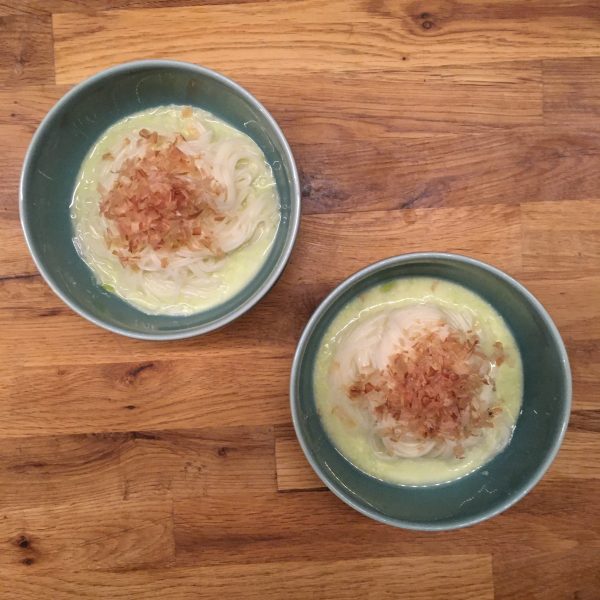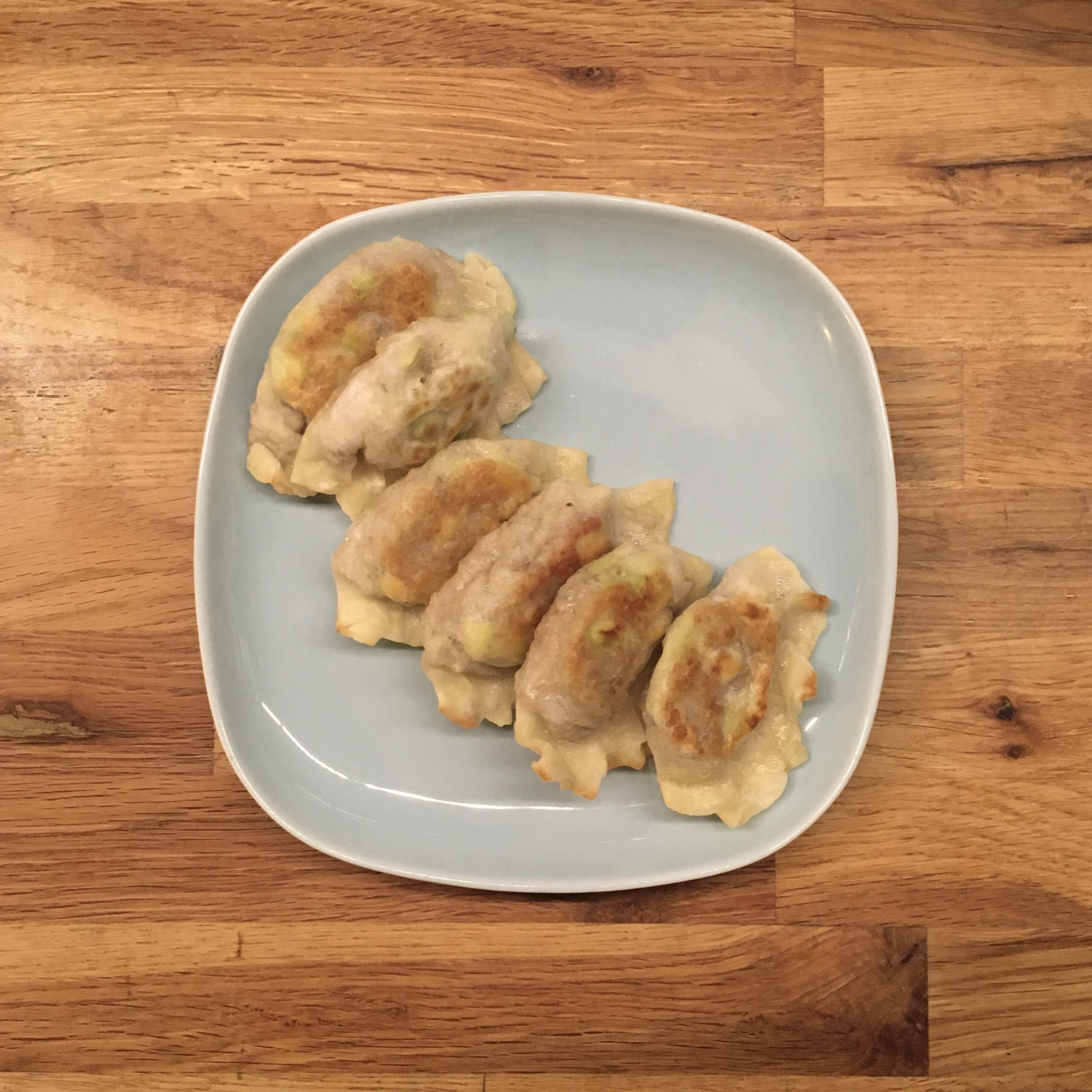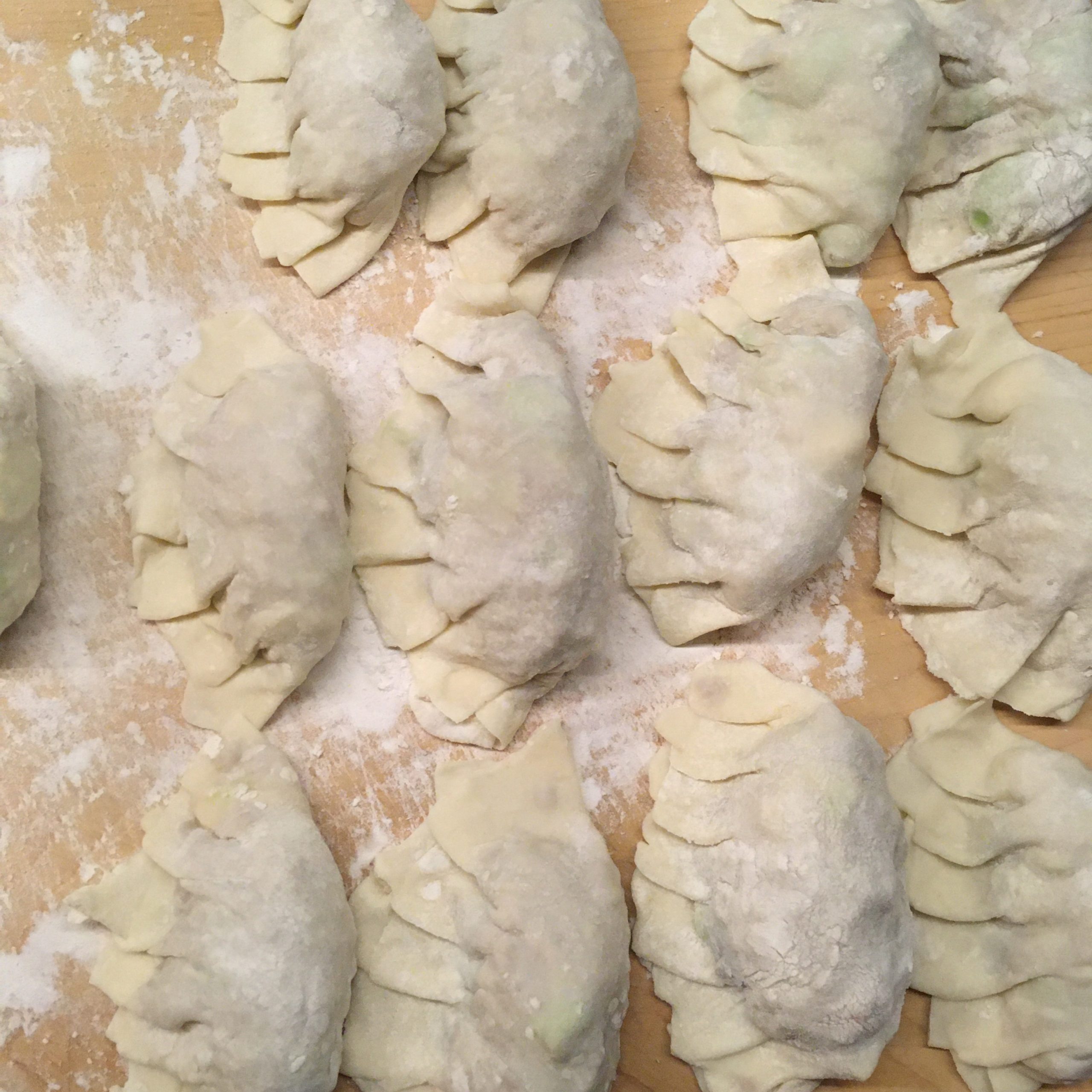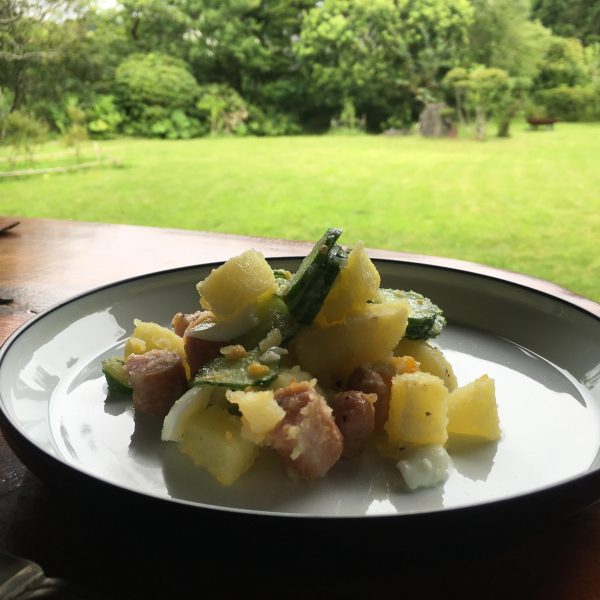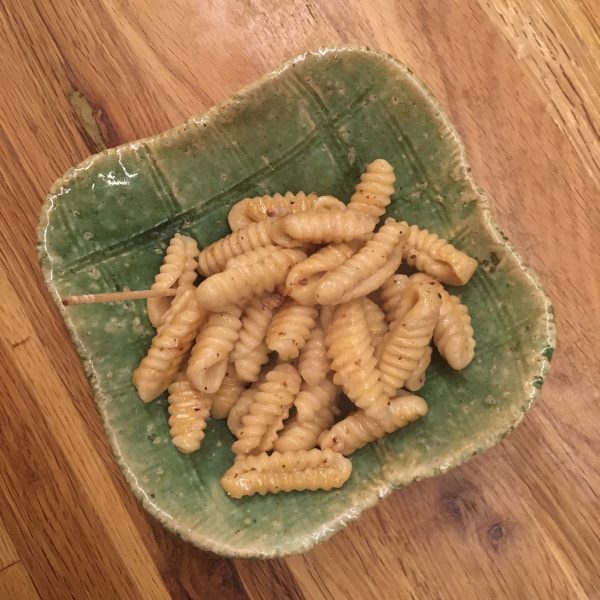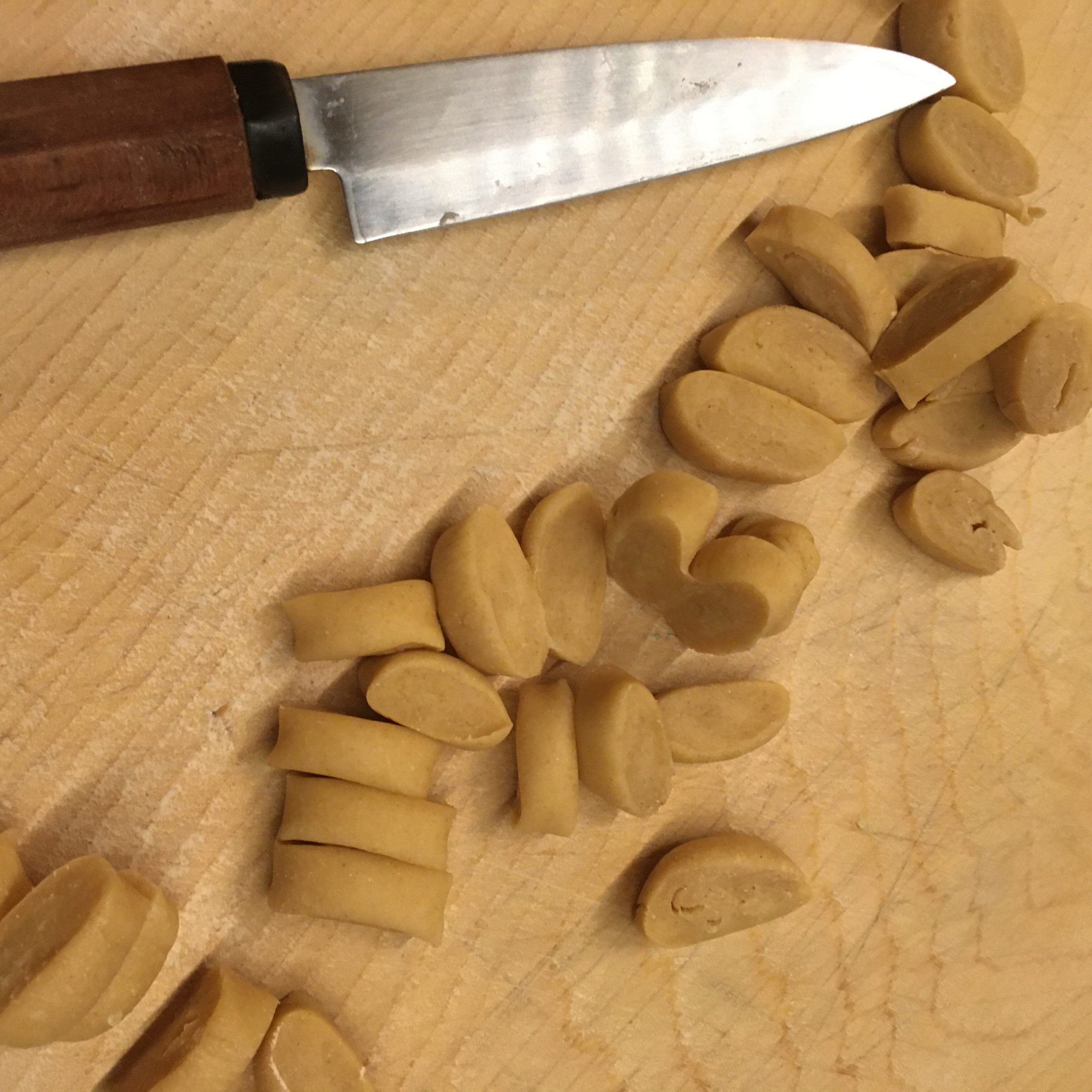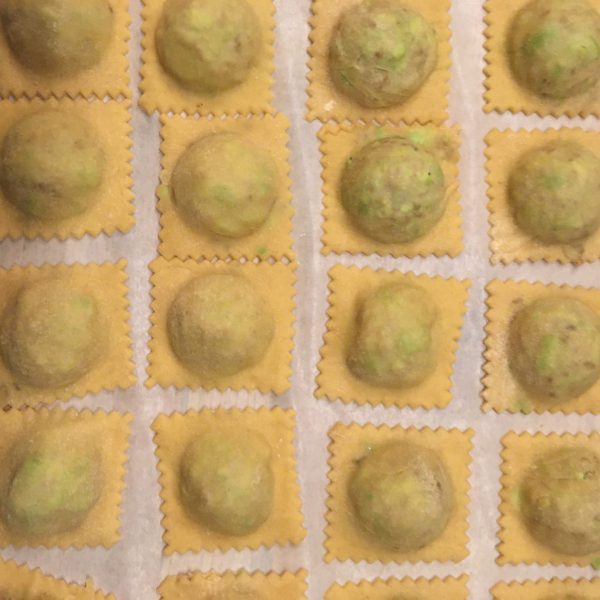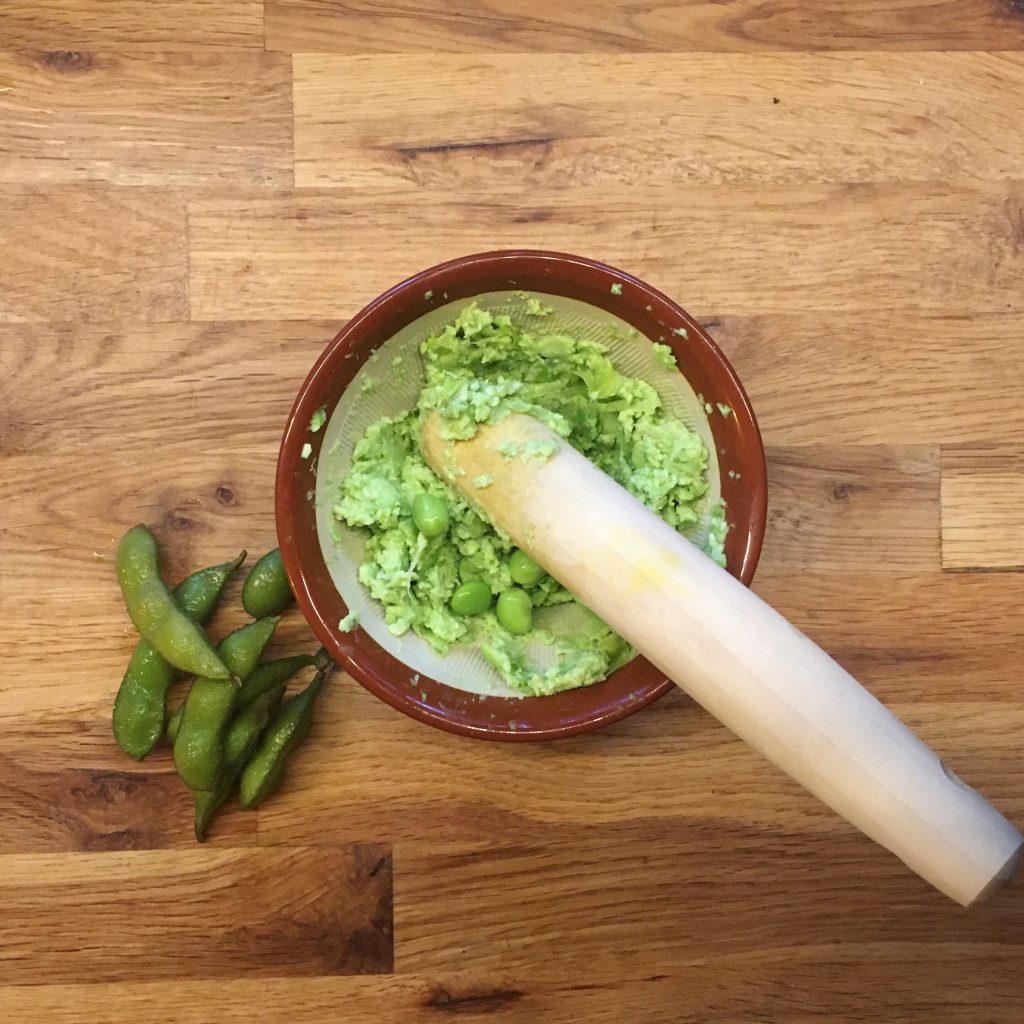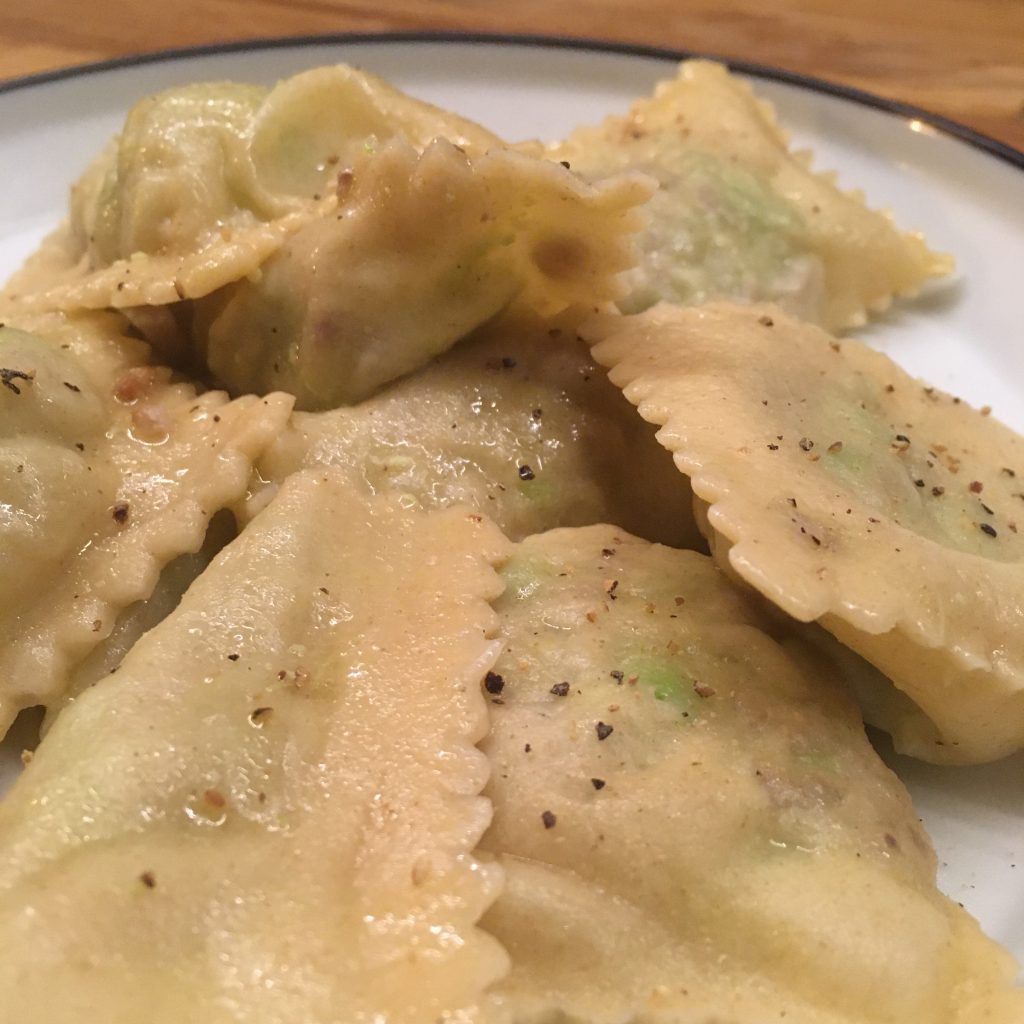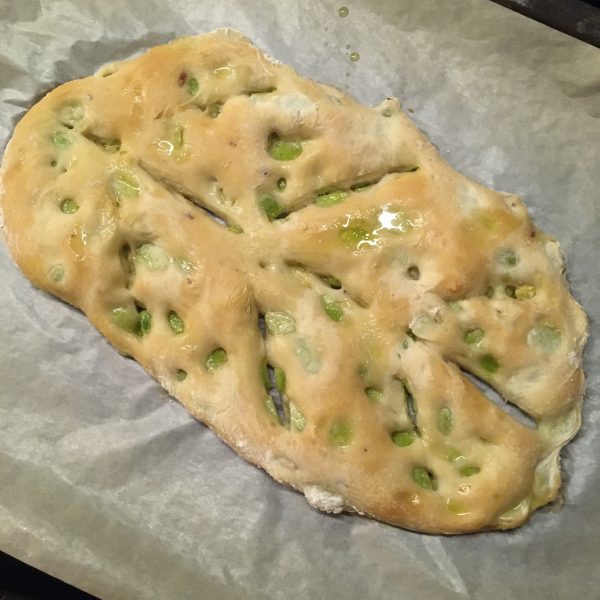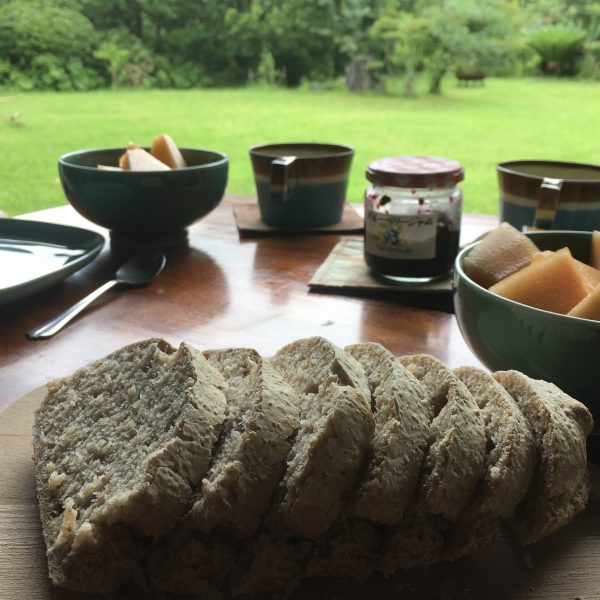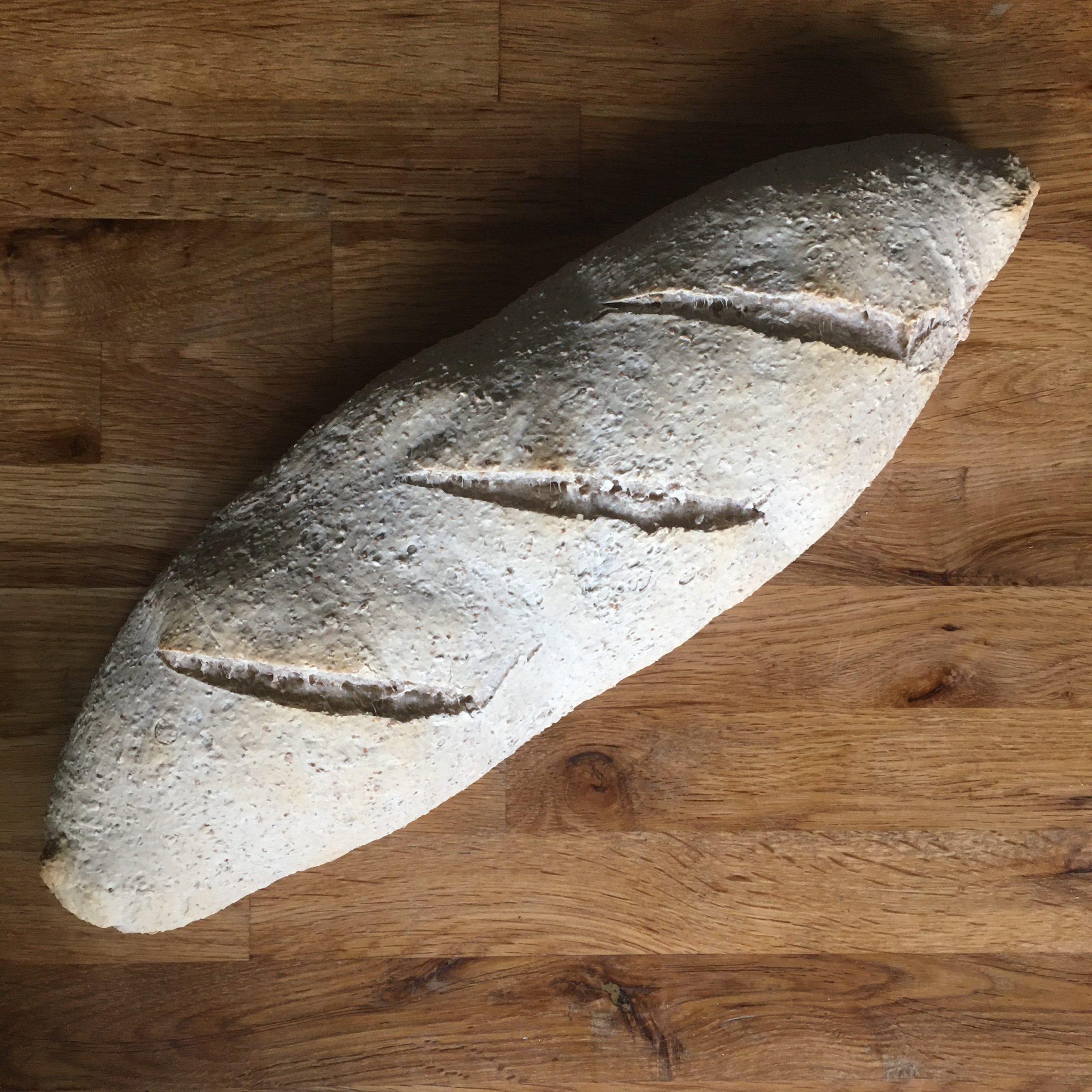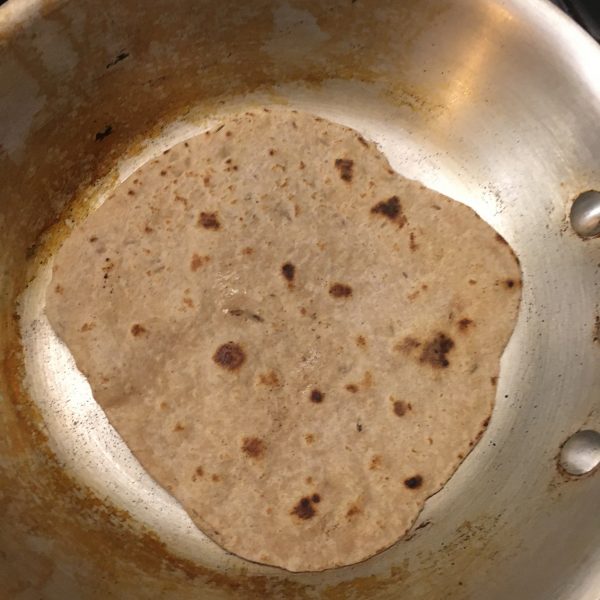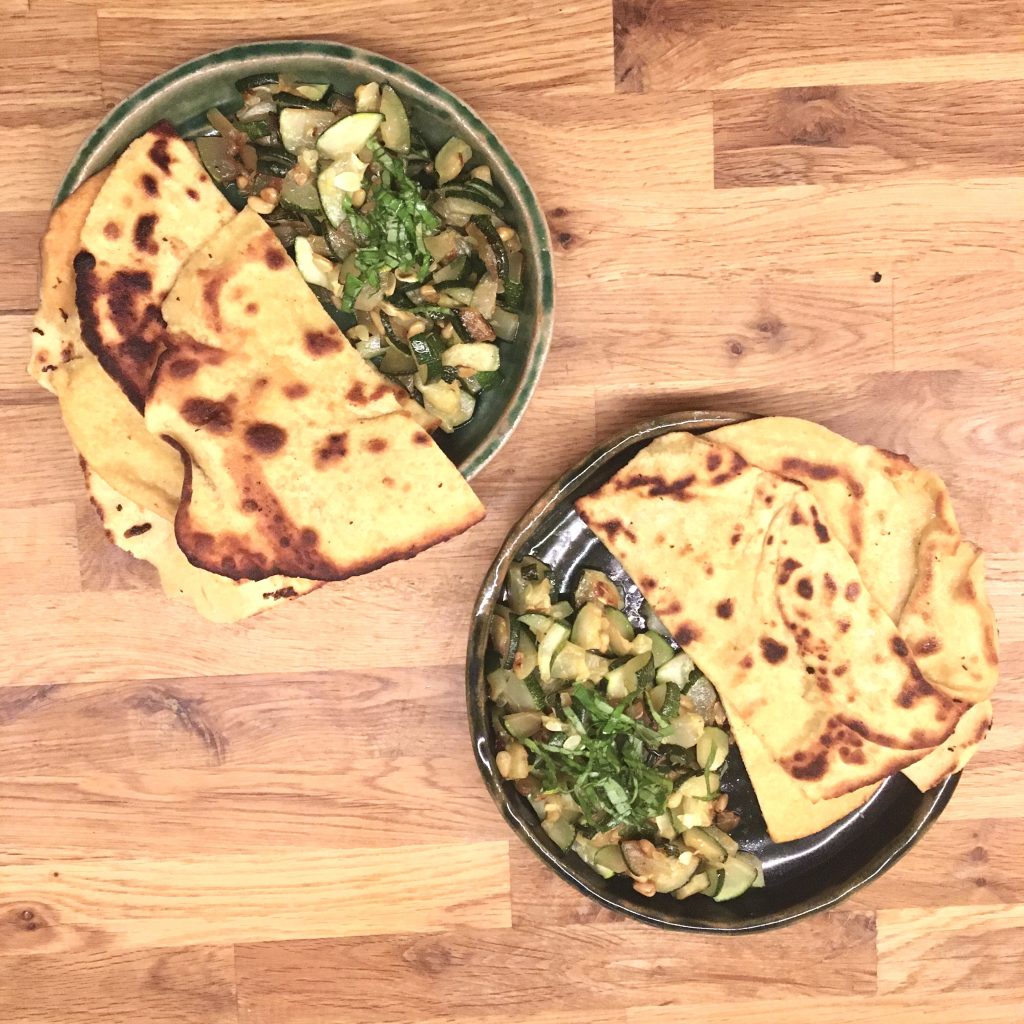Well, well, well… the rainy season doesn’t seem to clearly end this year again, turning the garden into a jungle, with the heat and a few hours of sun somehow everyday and the season for summer fruits has truly started. Be it melons, peaches or blueberries, the freshness and sweetness of all is a joy every morning for breakfast, eaten simply raw.

It is also the time of the year we spend most of our free time at the beach swimming, bodyboarding and surfing, and we need a solid five o’clock tea with something to eat. When it’s hot I don’t feel like standing in front of my cooking range flipping crepes, I prefer a ready to eat summer fruits in tart, clafoutis, cobbler or crumble. Blueberries are a good ally for any of the aforementioned preparations. But my favorite of all is a simple tart with a sablé pie crust, topped with fresh ripe delicious fruits. I love when it bake to see the dark fruit juice turn into syrup and make a thick layer. I like simplicity.
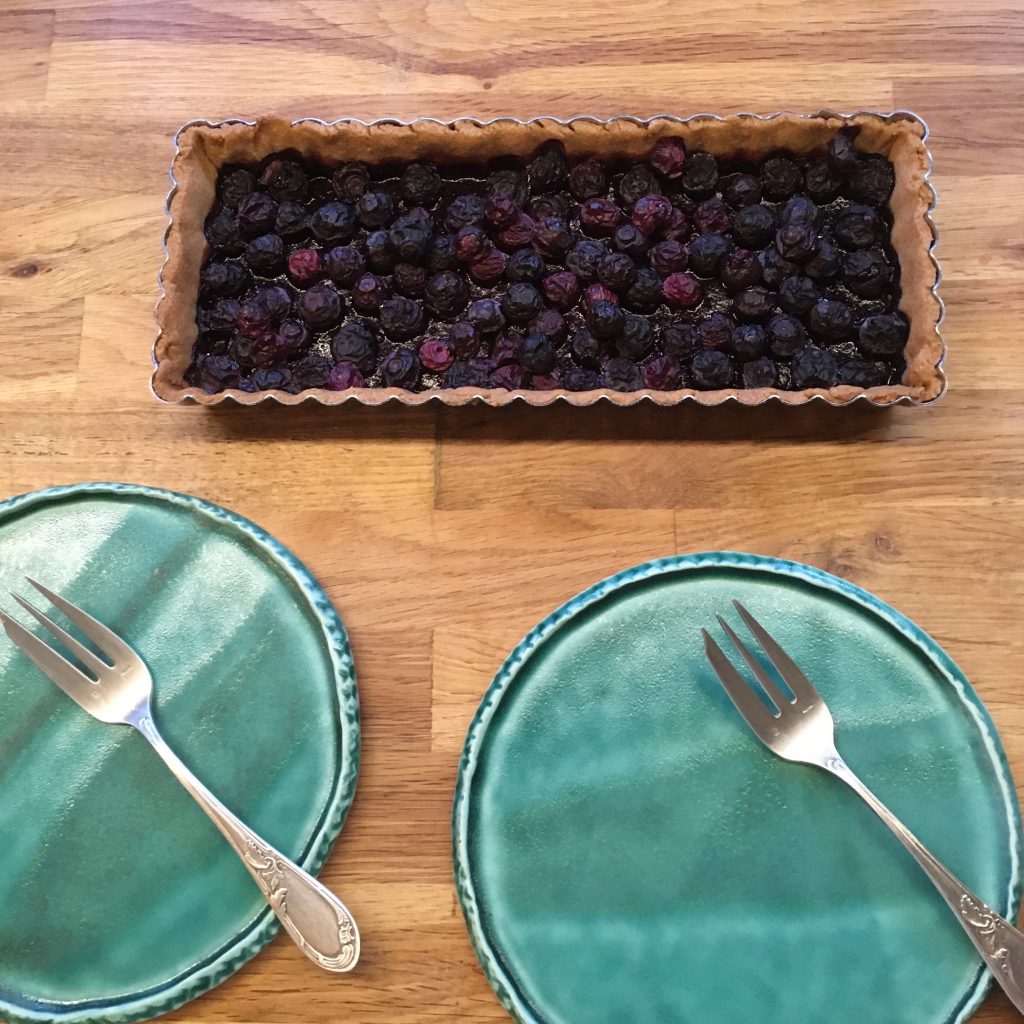
But after I prepared this simple blueberry tart the other day, A. argued that the tart with custard is better. I assume he wanted to tease me just to be sure to have another blueberry tart soon enough… and it worked well for him!!! The week after I was preparing a custard cream version of it.
I love custard too, but to be honest I find that baked blueberries in their juice are much nicer than raw ones… So while I loved both I still have a preference for the simpler version. What is your favorite???
Blueberry tarts
Simple version
- 150g of flour
- 30g of sugar
- 50g of butter
- Water
- Blueberries
In a bowl combine the ingredients but the blueberries. Make a dough and roll it to the size of your pie dish.
Cover with the fruits washed and patted dry. Bake in the oven at 190deg until crust is golden and fruit juice is thick.
Custard version
- Same as above
- 1 egg yolk
- 1 cup of milk
- 1tbs of flour
- 1tbs of sugar
- Vanilla (2cm of a pod)
Make the dough as above, roll it and set in the pie dish. Put an oven proof weight on it, and bake until golden at 190deg.
In the meantime make the custard: in a bowl mix the sugar, the egg yolk, the flour, heat the milk, add and stir well, and cook while stirring until creamy (I like my custard very creamy not hard… but adjust the quantity of milk depending on your liking. For that boil a smaller quantity of milk first and while stirring and cooking add a bit of milk once in a while until you obtain the desired thickness. Remember it will thicken further when cooling down)
Spread the custard on the crust, add the washed and patted dry blueberries, that’s it!!!

